A new mission called LUMIO, a CubeSat placed at the L2 Lagrange point, aims to observe micrometeoroid impacts on the far side of the Moon. This unique location allows for continuous observation of the lunar hemisphere, helping scientists understand the frequency and nature of these impacts.
Sometimes, it’s hard to remember that Earth is constantly being bombarded by literally tons of space debris daily. The larger bits form what we know as shooting stars, and most burn up in the atmosphere. Still, throughout our planet’s history, giant versions have caused devastation unlike anything else seen on this planet.
Tracking these types of objects is typically done from the Earth, but a new mission set out by researchers in Italy has a novel idea – why not try to learn more about potential impactors by watching them hit the far side of the Moon? The mission, known as the Lunar Meteoroid Impact Observer, or LUMIO, is a 12U CubeSat weighing around 22 kg. Its primary payload is the LUMIO-Cam, a visible light camera meant to detect flashes of impacts of the micrometeoroids it is intended to track. So far, so typical – plenty of asteroid and meteoroid tracking missions are already in space, so why need another one? The most interesting thing about LUMIO is its location – at the L2 Earth-Moon Lagrange point. That puts it exactly opposite the Earth on the far side of the Moon.This location has advantages and disadvantages – the Moon’s disk is much smaller than the Earth’s, so LUMIO could capture the entire hemisphere and watch for any impacts on the lunar surface. It’s important to note that most of the impacts would indeed be on the surface itself, since the lunar atmosphere is negligible in terms of providing energy for a micrometeoroid to burn up before impact. That is why the Moon is pockmarked with so many craters. Also, while it’s commonly referred to as the “dark side” of the Moon, the far side is lit up half the time – and fully lit when we down on the planet experience a “new Moon.” But, when it is dark on the lunar surface, it is genuinely dark – there aren’t any lights that could be misconstrued as an asteroid strik
SPACE MOON METEOROR IMPACT OBSERVATION
United States Latest News, United States Headlines
Similar News:You can also read news stories similar to this one that we have collected from other news sources.
 December's full cold moon: What it means for your zodiac signThe Cold Moon will arrive on Dec. 15, and occurs as a full moon in Gemini.
December's full cold moon: What it means for your zodiac signThe Cold Moon will arrive on Dec. 15, and occurs as a full moon in Gemini.
Read more »
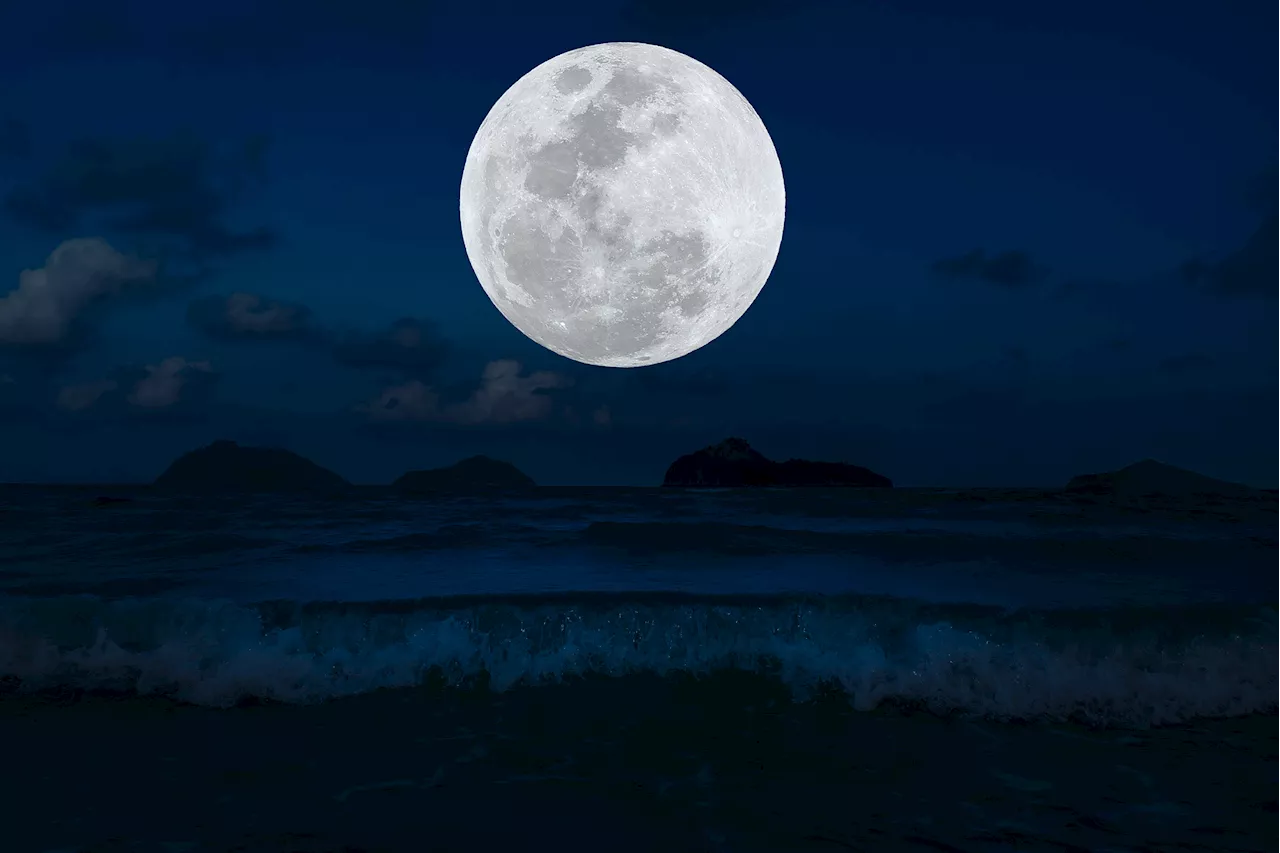 December Cold Moon: How to Watch the Last Full Moon of the YearThe final full moon of the year, called the Cold Moon, will fall in the early hours of December 15.
December Cold Moon: How to Watch the Last Full Moon of the YearThe final full moon of the year, called the Cold Moon, will fall in the early hours of December 15.
Read more »
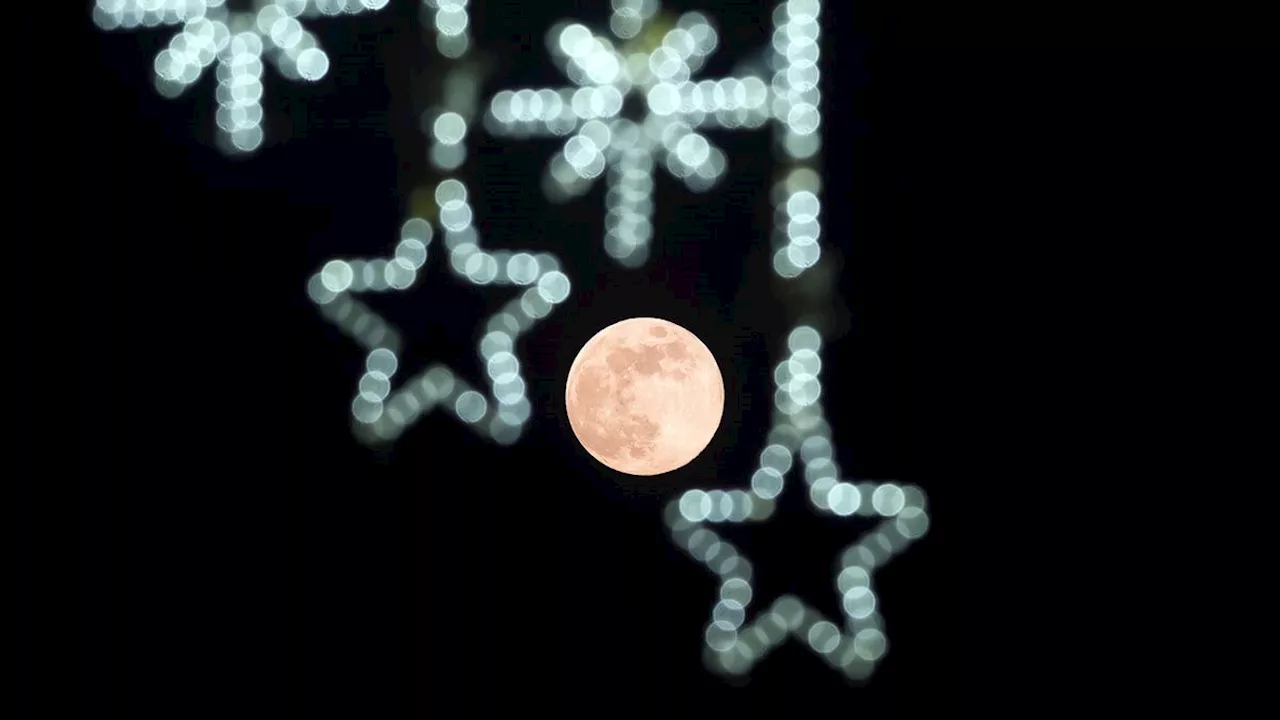 December full moon rises this weekend: How to see the last full moon of 2024Brett is curious about emerging aerospace technologies, alternative launch concepts, military space developments and uncrewed aircraft systems. Brett's work has appeared on Scientific American, The War Zone, Popular Science, the History Channel, Science Discovery and more.
December full moon rises this weekend: How to see the last full moon of 2024Brett is curious about emerging aerospace technologies, alternative launch concepts, military space developments and uncrewed aircraft systems. Brett's work has appeared on Scientific American, The War Zone, Popular Science, the History Channel, Science Discovery and more.
Read more »
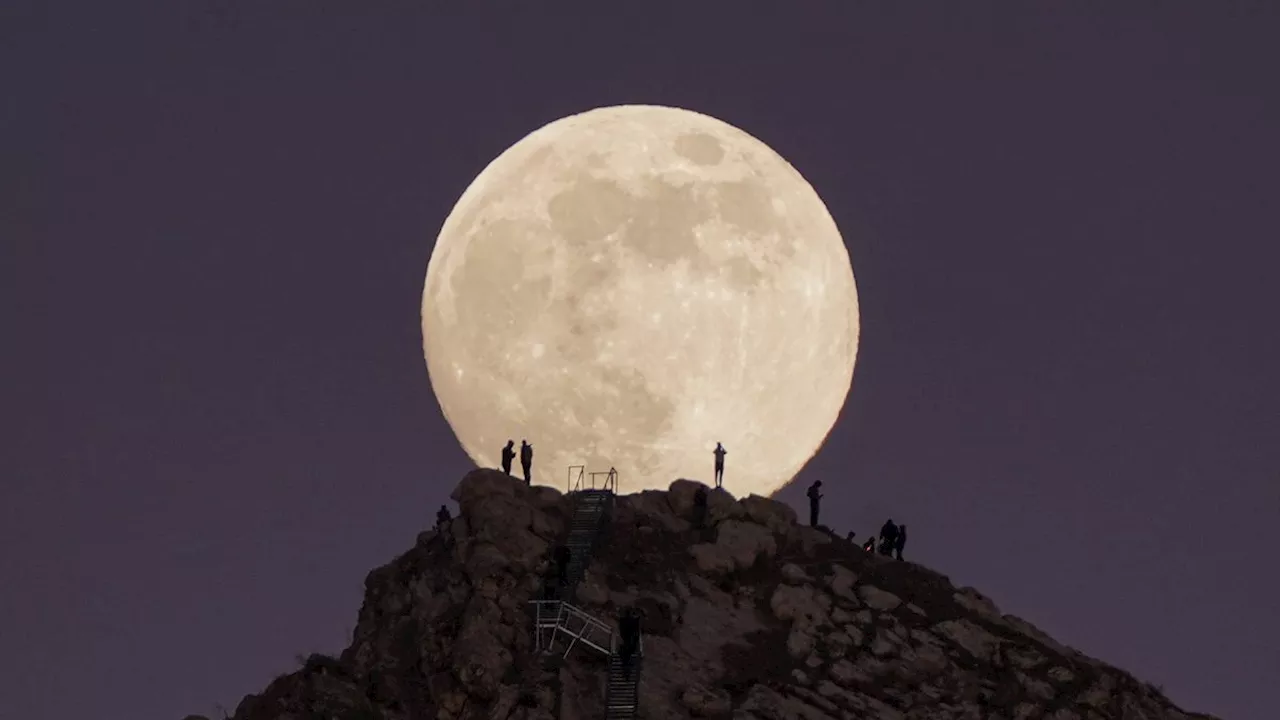 December full moon 2024: Cold Moon puts on a dazzling show for skywatchers worldwide (photos)Daisy Dobrijevic joined Space.com in February 2022 having previously worked for our sister publication All About Space magazine as a staff writer. Before joining us, Daisy completed an editorial internship with the BBC Sky at Night Magazine and worked at the National Space Centre in Leicester, U.K.
December full moon 2024: Cold Moon puts on a dazzling show for skywatchers worldwide (photos)Daisy Dobrijevic joined Space.com in February 2022 having previously worked for our sister publication All About Space magazine as a staff writer. Before joining us, Daisy completed an editorial internship with the BBC Sky at Night Magazine and worked at the National Space Centre in Leicester, U.K.
Read more »
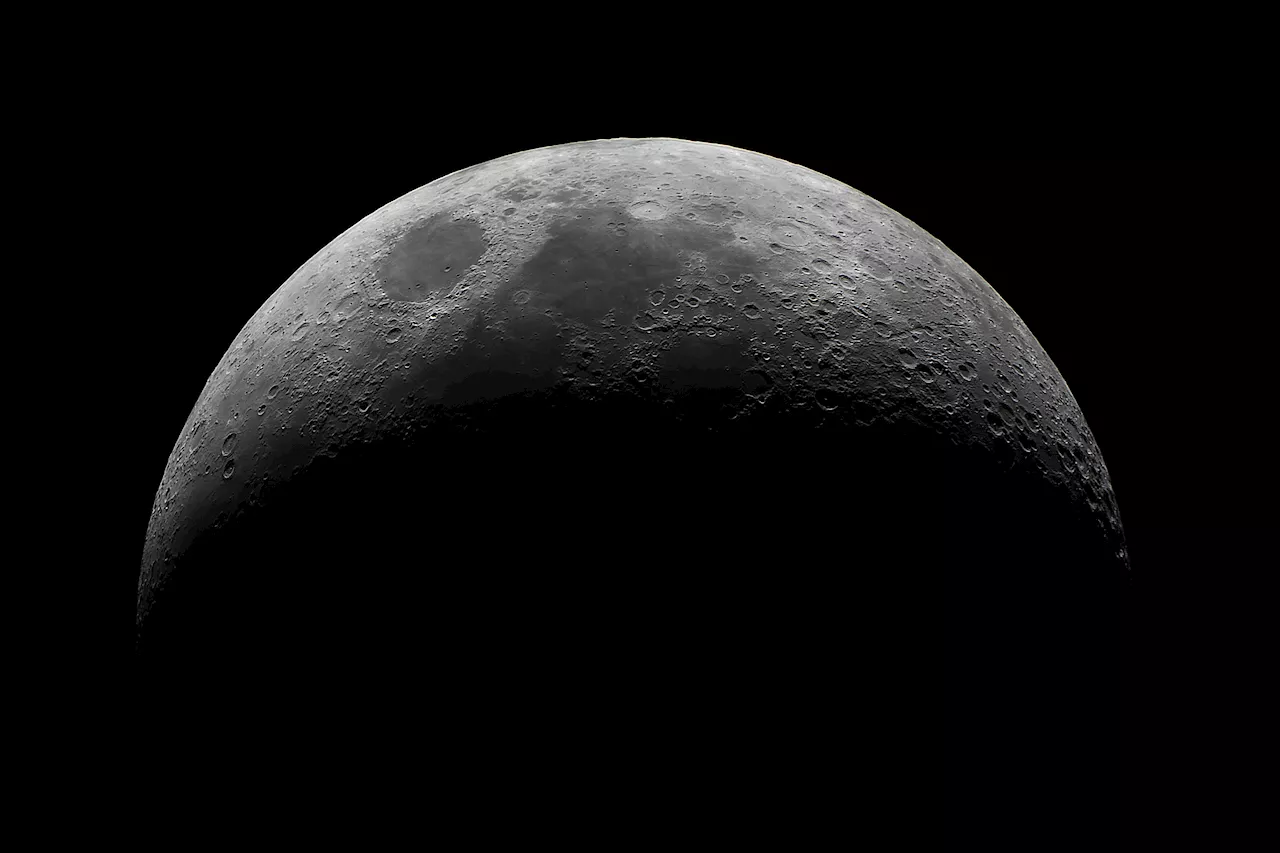 Rare 'Black Moon' to Appear This WeekA 'Black Moon', the inverse of a 'Blue Moon', is an astronomical event that will occur this week. A 'Black Moon' is defined as the second new moon within a calendar month or the third new moon in a season with four new moons. This month's 'Black Moon' falls under the former category and will occur on Monday night.
Rare 'Black Moon' to Appear This WeekA 'Black Moon', the inverse of a 'Blue Moon', is an astronomical event that will occur this week. A 'Black Moon' is defined as the second new moon within a calendar month or the third new moon in a season with four new moons. This month's 'Black Moon' falls under the former category and will occur on Monday night.
Read more »
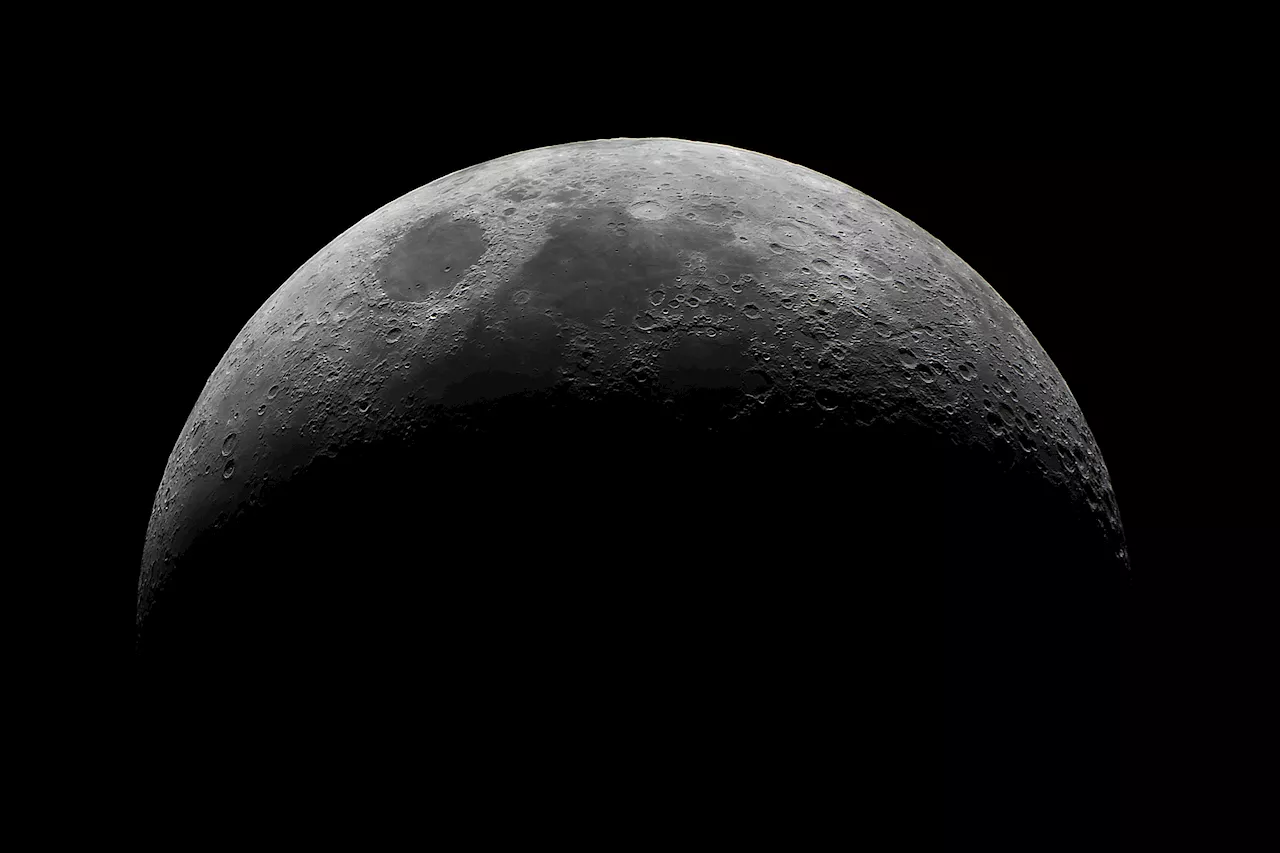 Black Moon to grace the night sky this weekWhile known as the 'Blue Moon', a 'Black Moon' is an equally rare astronomical event, defined as the second new moon within a calendar month or the third new moon in a season of four new moons. This week, a 'Black Moon' will occur on Monday night, following the first new moon of December.
Black Moon to grace the night sky this weekWhile known as the 'Blue Moon', a 'Black Moon' is an equally rare astronomical event, defined as the second new moon within a calendar month or the third new moon in a season of four new moons. This week, a 'Black Moon' will occur on Monday night, following the first new moon of December.
Read more »
